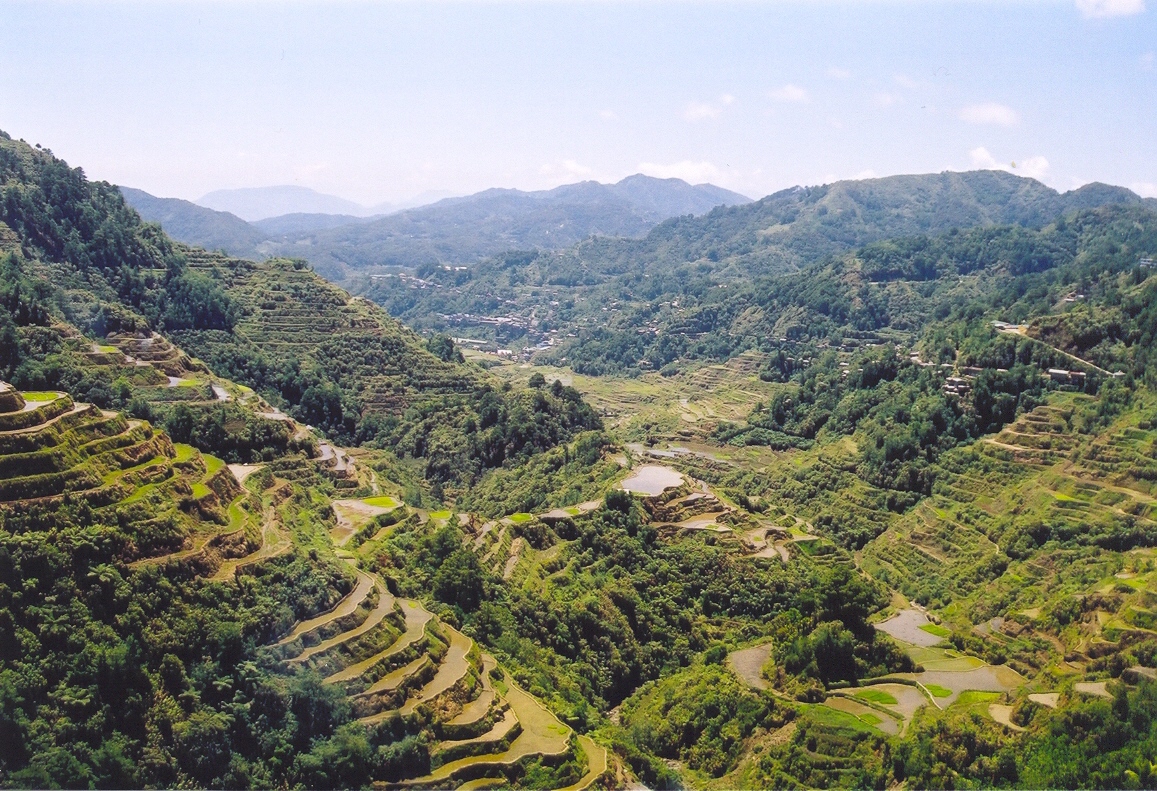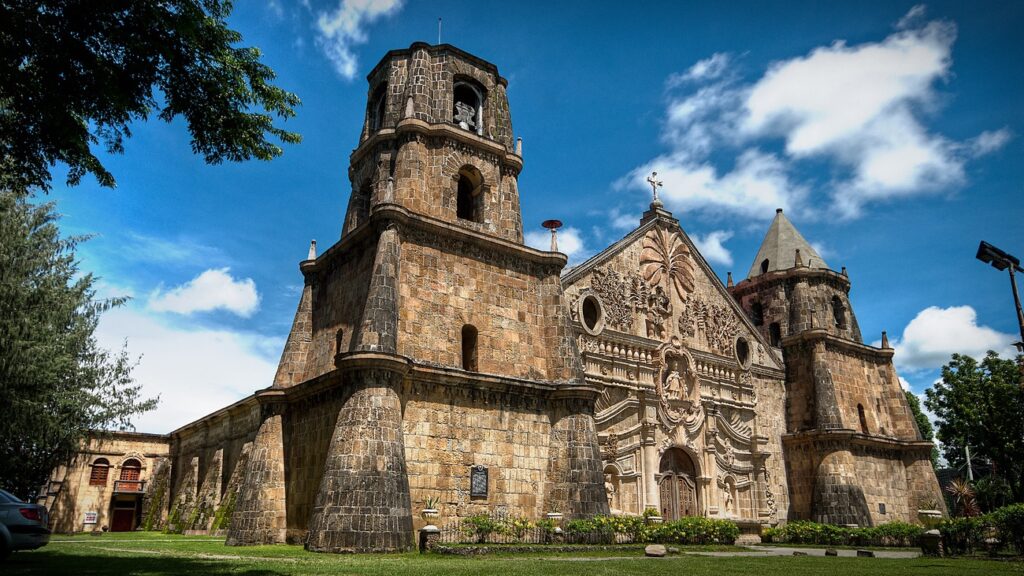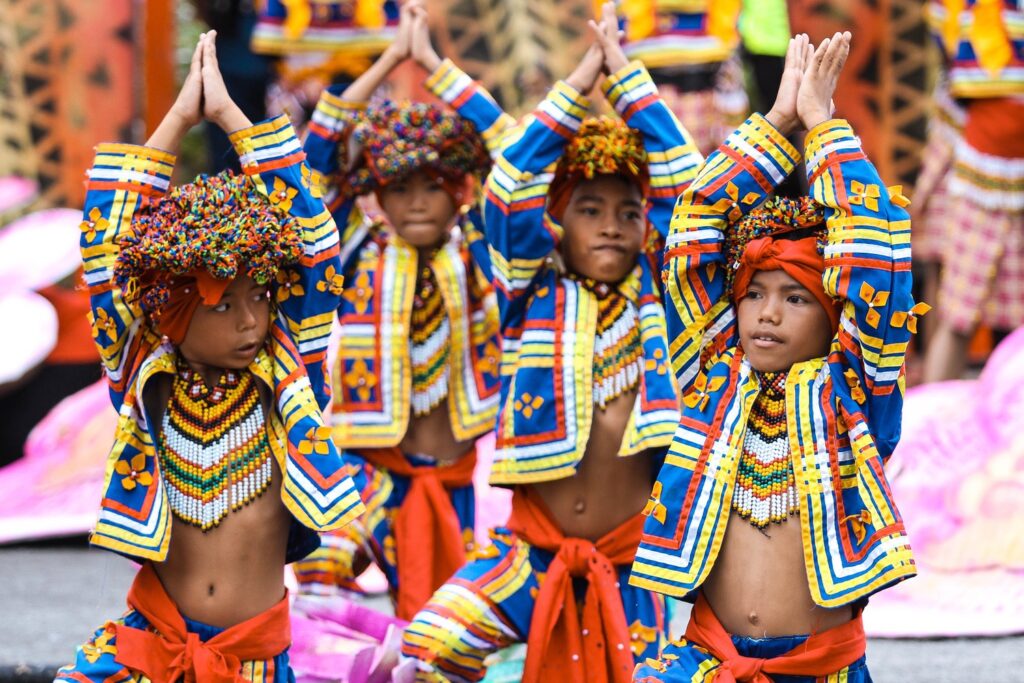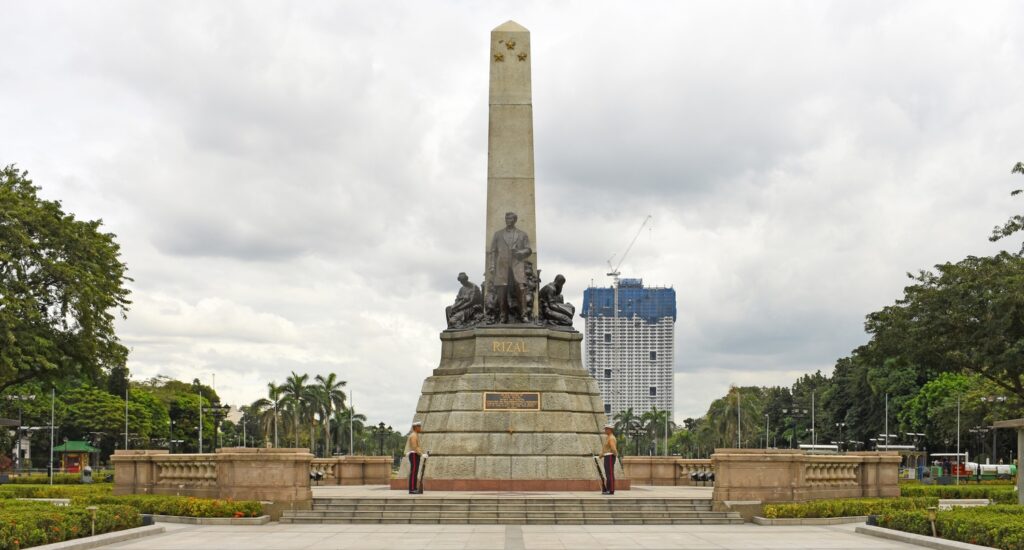Blog
The Future of Philippine Cultural Heritage: Strengthening Conservation Through Legislative Reform

The month of May in the Philippines is celebrated as National Heritage Month (“NHM”). Instituted by Presidential Proclamation No. 439, NHM aims to foster consciousness, respect, and love for the nation’s culture and history among Filipinos. 1
In 2023, the Philippines took a significant step in safeguarding its cultural heritage with the enactment of Republic Act No. 11961 (“RA No. 11961”). This act amends the “National Cultural Heritage Act of 2009,” reinforcing efforts in cultural mapping and enhancing cultural heritage education nationwide.
A Deep Dive into the Tier System

RA No. 11961 categorizes cultural properties into three (3) levels to provide nuanced conservation approaches tailored to their significance and conservation needs:
- Grade I Level: National cultural treasures; national historical shrines; national historical monuments; national historical landmarks; and WHS and other cultural and natural heritage properties or elements inscribed or designated by international conventions including, but not limited to, UNESCO lists of intangible cultural heritage, Memory of the World, World Network of Biosphere Reserves, global geoparks, wetlands of international importance, and ASEAN Heritage Parks.2
- Grade II Level: Important cultural property and natural property of cultural significance; heritage zones; archeological sites; heritage houses; historic sites; all Gabaldon school buildings; other marked structures; and heritage trees.3
- Grade III Level: All other cultural property and natural property of cultural significance in the Philippine Registry of Heritage.4
Properties classified under Grade I and Grade II benefit from enhanced protection measures. These measures are designed to ensure the highest level of preservation and safeguarding of the nation’s most valued cultural assets, specifically:
Priority Government Funding: Grade I and Grade II properties receive priority in government funding allocations, ensuring that resources are available for their protection, conservation, and restoration efforts.5
Incentives for Private Conservation Efforts: RA No. 11961 encourages private support for the conservation and restoration of these properties by offering incentives through the National Commission for Culture and the Arts’ (the “Commission”) Conservation Incentive Program.6
Official Heritage Markers: Each property designated as Grade I or Grade II is marked by an official heritage marker placed by the pertinent cultural agency.7
Priority Protection in Emergencies: These properties are given priority protection during times of armed conflict, natural disasters, and other exceptional events that pose a threat to the cultural heritage of the country.8
Protection from Government-Related Modifications or Demolitions: Any government projects that might affect the integrity of Grade I or Grade II properties must consult with the Commission at the planning stages.9
Cultural Mapping

Cultural mapping, as mandated to Local Government Units (“LGUS”) by RA No. 11961, is a systematic identification, documentation, and use of cultural resources of communities.10 LGUs shall mobilize and establish partnerships with concerned government agencies to ensure the prompt and effective implementation.11 LGUs may seek assistance from nongovernment organizations, cultural organizations, and academic and private institutions in undertaking cultural mapping activities.12
Indigenous cultural communities or indigenous peoples shall, in the exercise of their rights to self-governance, empowerment, and cultural integrity, have every right to conduct a comprehensive cultural mapping of their tangible and intangible heritage, whether or not located within their ancestral lands/domains.13
The law ensures that cultural mappings are comprehensive and collaborative, involving various sectors and communities to integrate heritage into broader societal development.
Philippine Registry of Heritage
The Philippine Registry of Heritage (the “Registry”) is a centralized database established under RA No. 11961 to document and protect the nation’s cultural and natural heritage properties.14 Managed by the Commission, through the appropriate cultural agencies and LGUs, the Registry ensures all significant properties are categorized and recorded, facilitating research, educational use, and public transparency.15
The Registry is instrumental in coordinating conservation efforts and maintaining the integrity of cultural assets across the Philippines, making it a cornerstone of national heritage preservation strategy.
Cultural Heritage Education
RA No. 11961 emphasizes integrating cultural heritage education into the educational system.16 It mandates the development of educational programs that include cultural heritage across all levels of education, aimed at fostering a deep appreciation of the nation’s heritage among Filipinos.17
Looking Forward

RA No. 11961 sets a comprehensive framework for safeguarding Philippine cultural heritage. As the country navigates modernization and globalization, these measures are crucial for ensuring that the rich cultural narratives and traditions that define the Filipino identity are preserved and celebrated for generations to come.
A copy of RA 11961 may be accessed here.
Prepared by Christian Justin Streegan.
FOOTNOTES
- See: https://ncca.gov.ph/nationalheritagemonth/#:~:text=Every%20May%2C%20the%20Philippines%20celebrate,culture%20and%20history%20among%20Filipinos.
- Section 1, Section 4(a), Cultural Mapping and Enhanced Cultural Heritage Education Program, Republic Act No. 11961, August 24, 2023.
- Section 1, Section 4(b), Cultural Mapping and Enhanced Cultural Heritage Education Program, Republic Act No. 11961, August 24, 2023.
- Section 1, Section 4(c), Cultural Mapping and Enhanced Cultural Heritage Education Program, Republic Act No. 11961, August 24, 2023.
- Section 1, Section 7(a), Cultural Mapping and Enhanced Cultural Heritage Education Program, Republic Act No. 11961, August 24, 2023.
- Section 1, Section 7(b), Cultural Mapping and Enhanced Cultural Heritage Education Program, Republic Act No. 11961, August 24, 2023.
- Section 1, Section 7(c), Cultural Mapping and Enhanced Cultural Heritage Education Program, Republic Act No. 11961, August 24, 2023.
- Section 1, Section 7(d), Cultural Mapping and Enhanced Cultural Heritage Education Program, Republic Act No. 11961, August 24, 2023.
- Section 1, Section 7(e), Cultural Mapping and Enhanced Cultural Heritage Education Program, Republic Act No. 11961, August 24, 2023.
- Section 1, Section 3(q), Cultural Mapping and Enhanced Cultural Heritage Education Program, Republic Act No. 11961, August 24, 2023.
- Section 1, Section 15, Cultural Mapping and Enhanced Cultural Heritage Education Program, Republic Act No. 11961, August 24, 2023.
- Section 1, Section 15, Cultural Mapping and Enhanced Cultural Heritage Education Program, Republic Act No. 11961, August 24, 2023.
- Section 1, Section 16, Cultural Mapping and Enhanced Cultural Heritage Education Program, Republic Act No. 11961, August 24, 2023.
- Section 1, Section 14, Cultural Mapping and Enhanced Cultural Heritage Education Program, Republic Act No. 11961, August 24, 2023.
- Section 1, Section 14, Cultural Mapping and Enhanced Cultural Heritage Education Program, Republic Act No. 11961, August 24, 2023.
- Section 1, Section 42, Cultural Mapping and Enhanced Cultural Heritage Education Program, Republic Act No. 11961, August 24, 2023.
- Section 1, Section 42, Cultural Mapping and Enhanced Cultural Heritage Education Program, Republic Act No. 11961, August 24, 2023.
